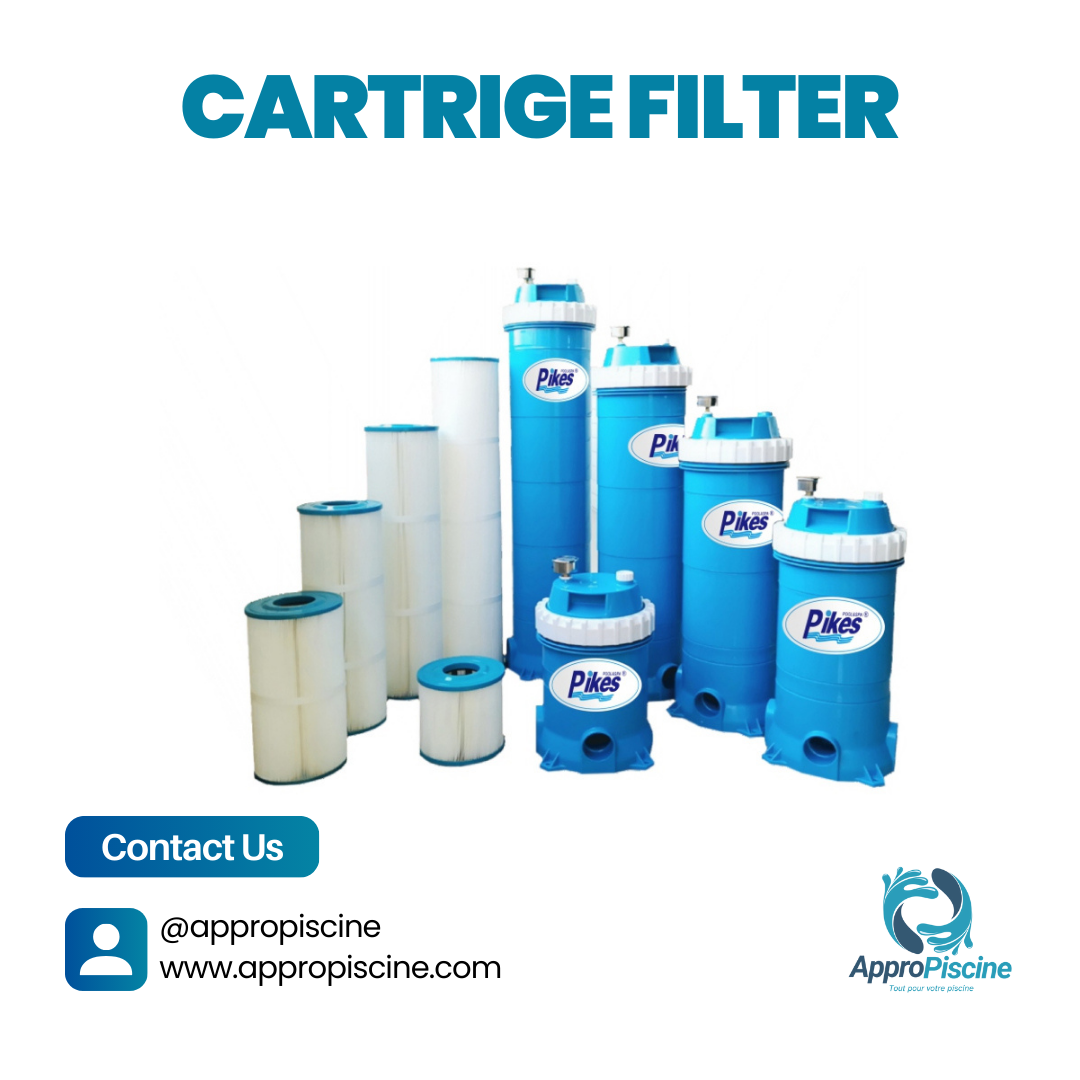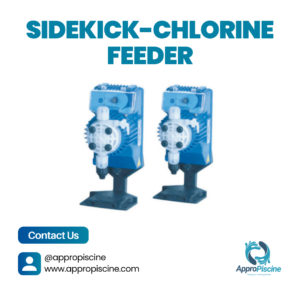Description
Understanding Cartridge Filters
Cartridge filters are an essential component in maintaining pool water quality, serving as a critical mechanism for filtration. These filters are designed to effectively trap debris and contaminants, ensuring that the water remains clean and clear for swimmers. Typically composed of fabric or polymer materials, cartridge filters consist of a cylindrical or pleated design that increases their surface area, thereby enhancing their filtration efficiency. This unique structure allows them to capture particles and contaminants as water flows through the filter.
The operation mechanism of cartridge filters is straightforward yet effective. When water is circulated through the pool, it is directed into the cartridge filter, where a filter element serves as the primary barrier against unwanted impurities. As water passes through the filter, dirt, leaves, and other debris are trapped in the material, while clean water is returned to the pool. This process not only keeps the water clear but also helps in maintaining balanced chemical levels, which is vital for the health of both the pool and its users.
One of the significant advantages of cartridge filters is their ease of maintenance. Unlike traditional sand or diatomaceous earth filters, which require backwashing and extensive cleaning, cartridge filters can simply be removed, hosed down, and replaced, significantly reducing maintenance time and labor. Additionally, they are energy efficient, as they often require less pump power to circulate water effectively. Environmentally, cartridge filters also produce less waste, as they do not need to discharge backwash water, making them a sustainable choice for pool management. There are various types of cartridge filters available in the market, catering to different pool sizes and filtration needs, thus providing numerous options for pool owners.
Maintenance and Care for Cartridge Filters
Proper maintenance and care of cartridge filters are critical for sustaining their performance and extending their lifespan. Routine cleaning is essential, and it is recommended to clean cartridge filters every 4 to 6 weeks, depending on pool usage and debris levels. More frequent cleaning may be necessary for pools surrounded by trees or heavy foliage. A visual inspection of the filter elements can provide insight into when cleaning is required; if the pressure gauge reads significantly higher than normal, it indicates that the filter is becoming clogged.
When it comes to cleaning methods, backwashing is not applicable for cartridge filters; instead, it is essential to remove the cartridges from the filter housing. A gentle rinse with a garden hose can dislodge the surface debris. For a more thorough cleaning, utilizing a filter cleaner solution specifically designed for cartridge filters can effectively break down oils and contaminants. Make sure to follow the manufacturer’s instructions for dilution and application, as improperly using chemicals can damage the filter material.
During maintenance, it is important to inspect the filter cartridges for signs of wear or damage. Common indicators that a cartridge needs replacement include tears in the pleats, excessive discoloration, or a significant reduction in filtration efficiency. As a general rule, cartridges should be replaced every 1 to 2 years, depending on usage and the type of pool.
When the swimming season concludes, proper storage of cartridge filters is important. Ensure the filters are completely dry before storing to prevent mold and mildew growth. Place them in a cool, dry area away from direct sunlight. Additionally, keeping the filter housing clean and free of debris ensures longevity. Having a systematic maintenance routine will help maintain optimal conditions in the pool, ensuring that your cartridge filters continue to perform effectively.







Avis
Il n’y a pas encore d’avis.